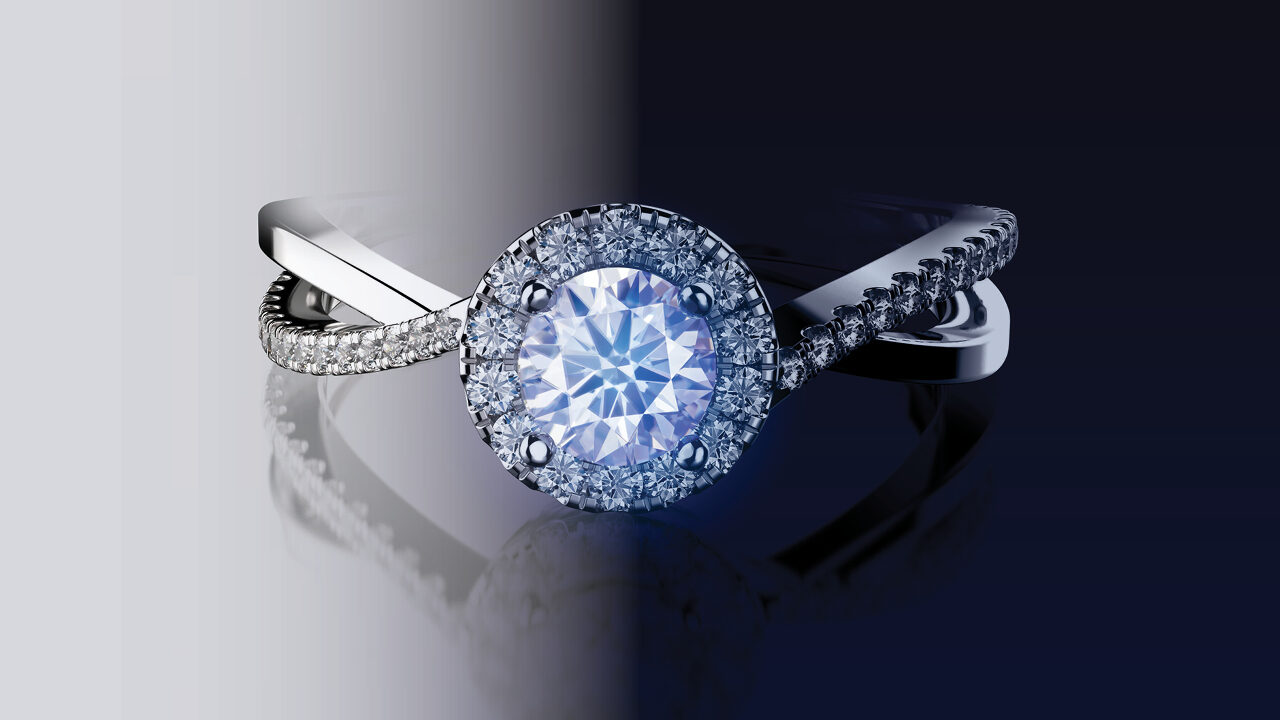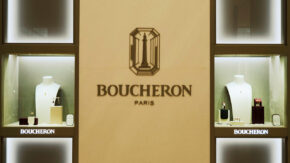Research into fluorescence, conducted by the GIA and HRD Antwerp, has found that it adds more than a sparkle to the beauty of diamonds.
The Gemological Institute of America published the definitive paper on fluorescence back in 1997. This was groundbreaking at the time as it challenged the belief that fluorescence had a negative impact on the color and transparency of a diamond.
While fluorescence used to be a much sought after characteristic commanding higher prices, fluorescent diamonds had become to be viewed as less desirable and therefore sold for lower prices.
Until the publication of the GIA’s groundbreaking report, A Contribution to Understanding the Effect of Blue Fluorescence on the Appearance of Diamonds, there had been no scientifically controlled study of fluorescence in diamonds.
Before undertaking the study, the researchers at the GIA identified several fundamental variables related to the phenomenon of fluorescence. They used these to develop tests to understand how and under what conditions fluorescence affects the appearance or transparency of a diamond’s color.
Various elements, such as lighting conditions and viewing positions, were altered and their impact on how the diamond was perceived was noted.
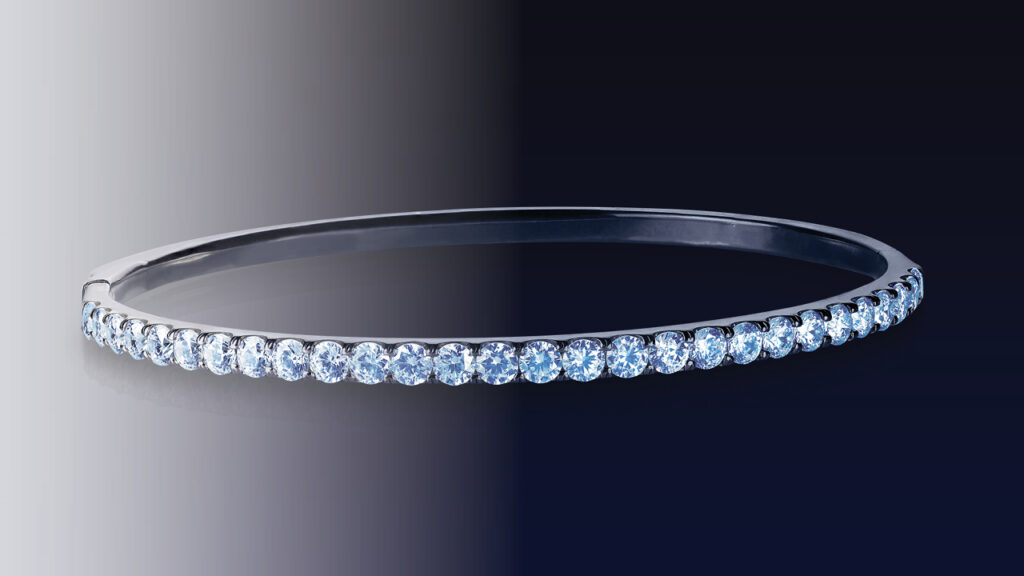
fluorescent
diamonds under
daylight and
under UV light. Image: Alrosa.
POSITIVE BENEFITS
The researchers found that when viewed table-down, the strength of fluorescence had no “widely perceptible effect on the color of diamonds,” according to the results of the study. Furthermore, “in the table-up position, diamonds described as strongly or very strongly fluorescent were, on average, reported to have a better color appearance than less fluorescent diamonds,” the GIA found.
The study also revealed that blue-fluorescent diamonds tended to appear less transparent table down when viewed under artificial light, and slightly more transparent when viewed in the table-up position under sunlight.
The GIA also noted that when there is fluorescence, the negative impact on price is greater in higher colors (E and G) even though fluorescence is more noticeable in lower color diamonds (I and K).
“This study challenges the industry notion that fluorescence usually has a negative effect on better-color diamonds,” reported the GIA at the time. Furthermore, it recommended the industry focus on the merits of individual diamonds rather than painting all diamonds with fluorescence in a negative light.
While the study undermined the industry’s negative views towards fluorescence in diamonds, it did little to turn this negativity around.
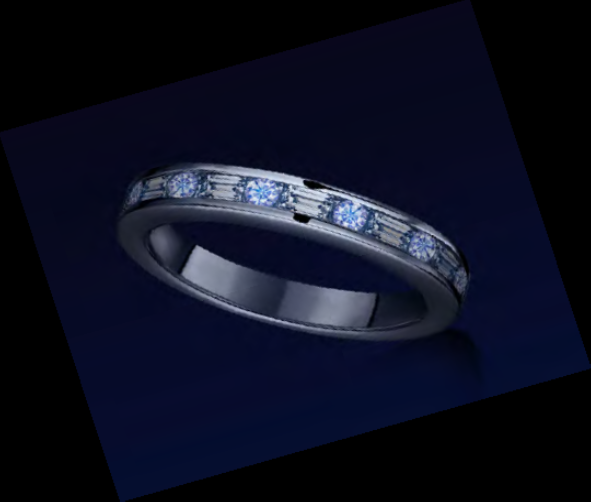
fluorescent
diamonds under
daylight and
under UV light. Image: Alrosa.
FURTHER RESEARCH
In 2018 HRD Antwerp decided it would enter the fray and undertook a study entitled The Effect of Fluorescence on the Colour of a Diamond. This research revealed several standout points.
The most crucial was the conclusion that diamond fluorescence has no influence on the color grading of
a diamond in a laboratory setting. This is due to the lack of significant UV light in grading lamps.
Furthermore, when a diamond with a fluorescence grade above ‘medium’ is viewed in outdoor conditions it improves the color grade, according to the results. HRD Antwerp used the example of a diamond it had graded as J color with very strong fluorescence in its laboratory appearing as a D color when examined outdoors.
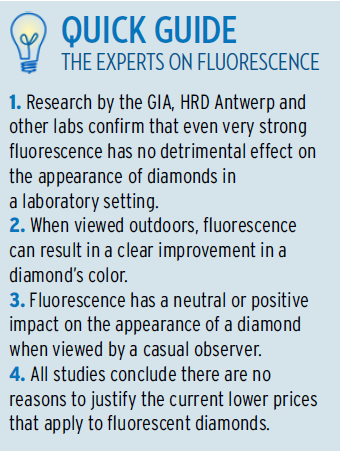
HRD Antwerp’s findings, similar to those of the GIA, found that despite the negative perceptions within the industry, there is no justification for the negative impact on price that currently applies to fluorescent diamonds.
Indeed, grading labs consider fluorescence as an important characteristic of a diamond, along with the 4Cs (carat weight, clarity, color and cut). And while this characteristic typically has a negative influence on a diamond’s price, the scientific studies by both the GIA and HRD Antwerp found that this common perception is not justified.
Furthermore, the research has found that a diamond’s color is enhanced by fluorescence when viewed in natural light. It seems like it is high time the industry let go of its unfounded negative perceptions and let consumers decide.
Image: Alrosa

